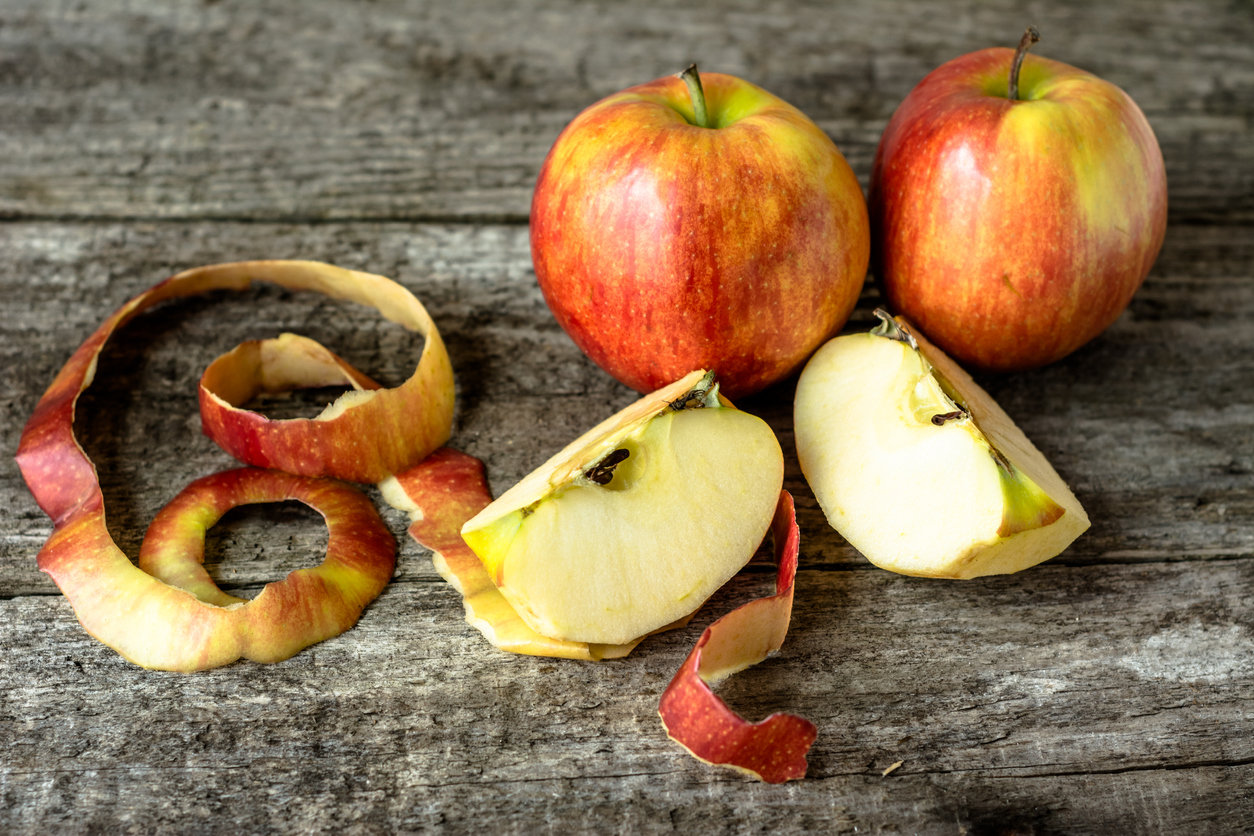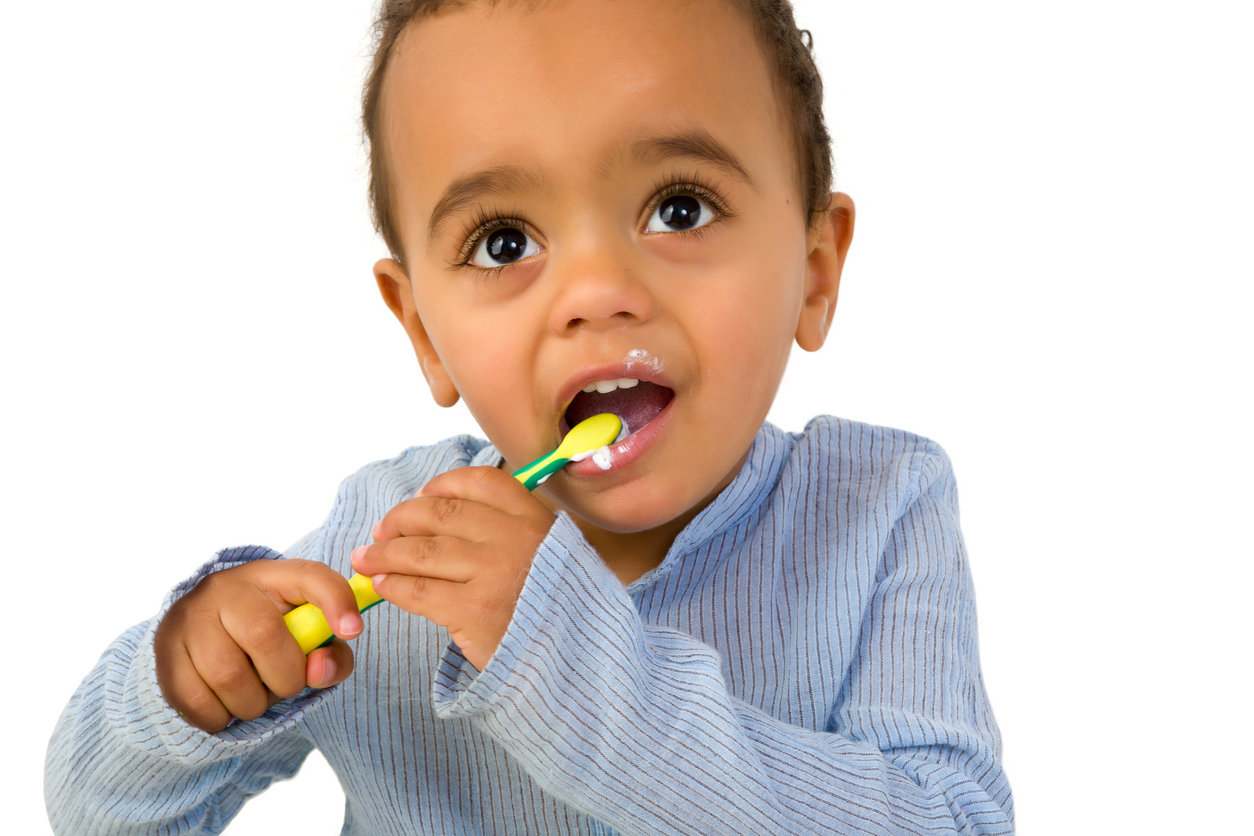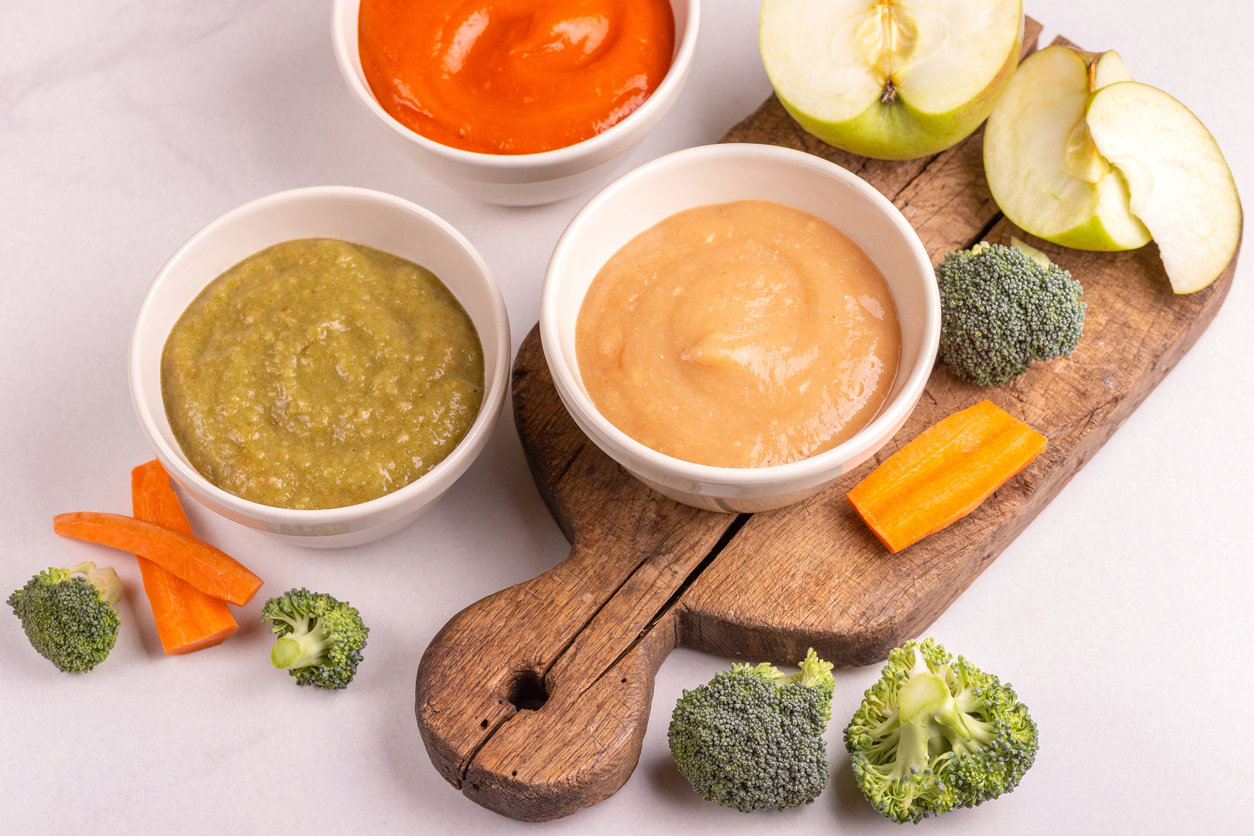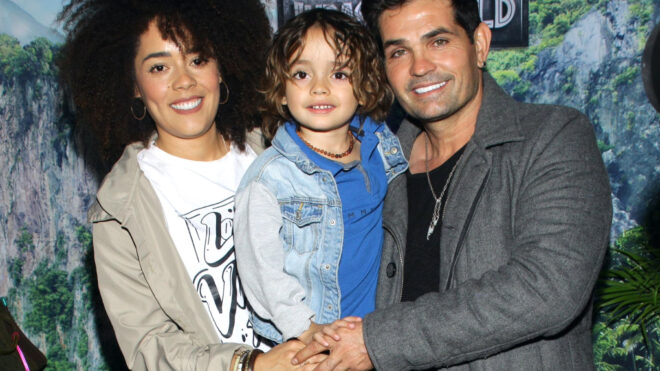
In May 2016, Neihana Renata choked on a piece of fruit while he was in day care. He was only 22 months old at the time, and even though teachers tried to dislodge the piece of fruit and perform mouth-to-mouth resuscitation to revive the little boy, he went into cardiac arrest for a whole 30 minutes. As you can imagine, the consequences were devastating.
More from MamásLatinas: The top five chocking hazards for kids you must avoid
The little boy spent two weeks in intensive care and two months in a regular hospital ward. As a result of his brain being deprived of oxygen for so long, he was left with a brain injury and cerebral palsy. Once a healthy child who was meeting all the developmental milestones for his age, he now cannot walk and requires round-the-clock care.
This happened in New Zealand, but it can happen anywhere and to any child, which is why it's important to know more about how and why this happened so we can prevent it from ever happening again.
How could this happen?

Neihana choked on a piece of raw apple that had been peeled and cut into wedges. While a slice of apple might seem harmless, the problem is that hard raw fruits and vegetables are dangerous for children under 3 years of age.
Kids under 3 are at a higher risk for choking on hard fruits and veggies.

Most children don't get their second molars, which are used for grinding food, until they are about 2.6 years old. That's around 30 months. At 22 months, Neihana did not have those molars, and that put him at a higher risk for choking on the raw apple wedge.
What can be done to prevent this from ever happening at a day care?

The Evolve Education Group that owns the nursery where this happened and many others have changed their food policies since this horrifying incident. Hard fruits and vegetables can now be served to children under 3 only if they are peeled, grated, cooked, or mashed.
If your day care provides food, ask staff how they serve hard fruits and vegetables to children under 3 and what measures they take to prevent choking. Also, ask about their training when it comes to dealing with a choking child.
Make sure children are sitting and supervised while eating.

Toddlers and young children have a hard time sitting still, but it's important that they do not run around while they are eating. Always make sure they are sitting while they eat and that they are supervised while eating, just in case.
Know how to perform the Heimlich maneuver on a baby or toddler.
Hopefully, you will never need to perform the Heimlich maneuver on anyone, much less a child. But if you are a parent, you should know how to use the rescue technique, especially since performing the Heimlich maneuver on a baby or toddler differs from what you would do for an adult.
You can take classes to learn, or at the very least use a video like the one here to familiarize yourself with the procedure before you actually need to use it. Always remember to call 911 if your child is choking. You can perform the Heimlich maneuver while emergency responders are on their way.




